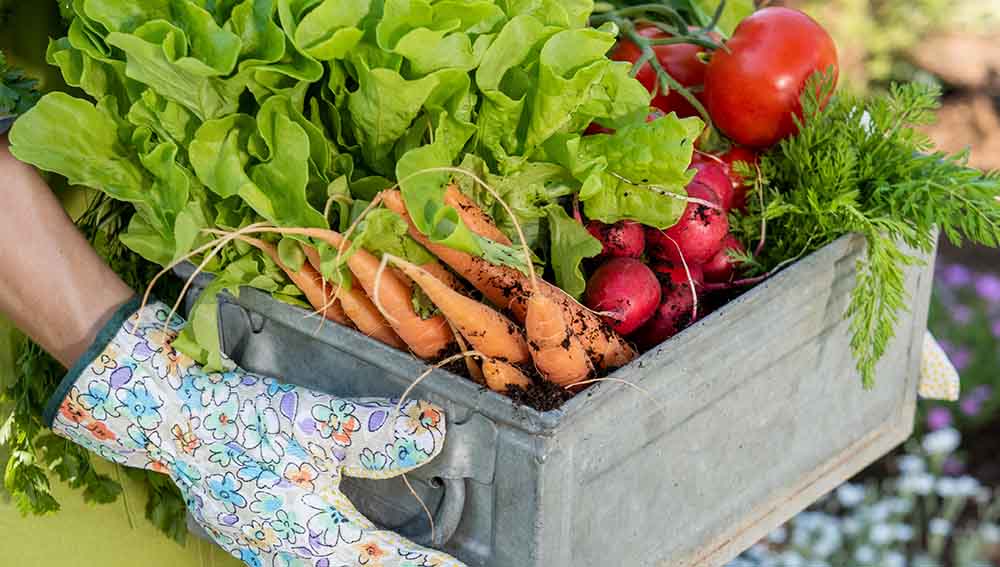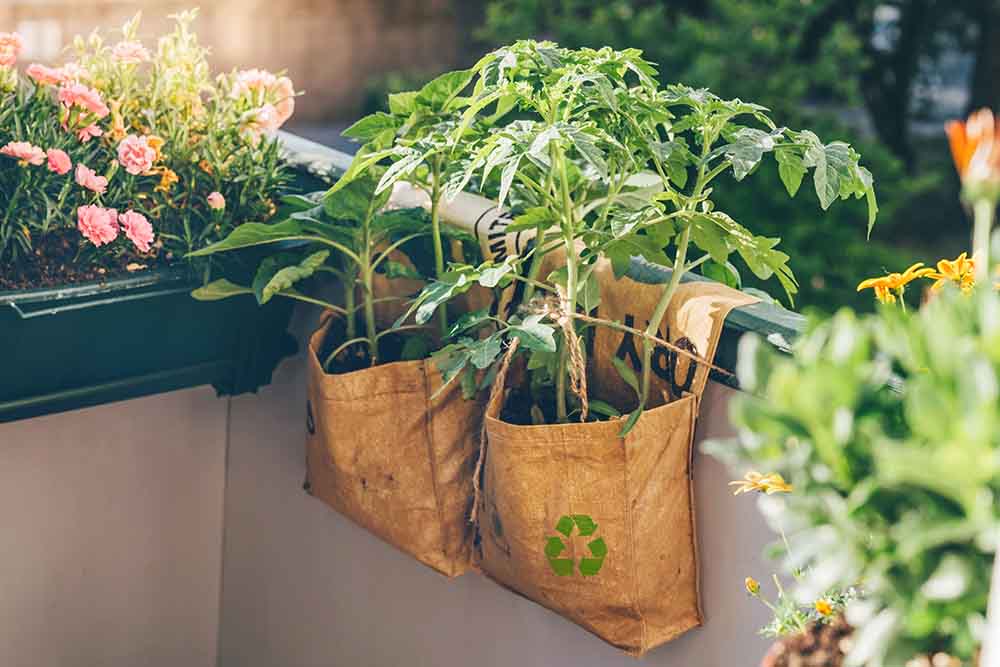Sustainable living refers to making lifestyle choices that are in harmony with the environment and help preserve natural resources for future generations. It is about reducing your ecological footprint by being mindful of how your actions affect the planet. Sustainable living practices focus on conserving energy, reducing waste, and supporting eco-friendly products and solutions. By adopting a sustainable lifestyle, individuals can make a positive impact on climate change and contribute to a healthier planet.
Sustainable living also encompasses ethical decision-making, such as supporting fair trade, avoiding products that exploit natural habitats, and investing in renewable energy sources. It encourages the use of resources like solar or wind power, carpooling to reduce emissions, and prioritising the repair and reuse of items rather than disposing of them. Furthermore, sustainable living fosters a deeper connection with nature, emphasising the importance of protecting biodiversity and ecosystems. It’s a lifestyle that aligns personal well-being with the health of the environment, promoting not only environmental stewardship but also a more meaningful, intentional way of life.
12 Ways to Live More Sustainably
1. Sustainable Living: Think Twice Before Shopping
One of the most powerful ways to embrace a sustainable lifestyle is to reconsider your purchasing habits. Before making a purchase, ask yourself if the item is truly necessary, if it’s durable, or if it can be repaired rather than replaced. Sustainable shopping means prioritising quality over quantity, avoiding impulse buys, and choosing products that have a minimal environmental impact, such as those made from recycled materials or ethically sourced goods. Every conscious decision counts in creating a more sustainable life.
2. Sustainable Living: Ditch Plastic and Switch to Reuse
Plastic pollution is one of the most pressing environmental challenges today. To reduce your carbon footprint, start replacing single-use plastics with reusable alternatives. Invest in stainless steel or bamboo straws, glass jars for storage, and reusable shopping bags. Avoid bottled water by using a refillable water bottle. By making small changes to eliminate plastic from your daily routine, you'll significantly reduce the waste you generate, leading to an eco-friendlier life.
3. Sustainable Living: Take Extinction Off Your Plate
Our food choices have a direct impact on the environment, including the survival of endangered species. A sustainable living lifestyle encourages us to choose foods that have a lower environmental impact, such as plant-based options. The meat industry is one of the largest contributors to deforestation, greenhouse gas emissions, and biodiversity loss. By reducing meat consumption, especially from endangered species, you can help protect wildlife and contribute to a more sustainable food system.

4. Sustainable Living: Simplify the Holidays
The holidays are often synonymous with excess — from piles of plastic-wrapped gifts to food waste and excessive travel. Embrace a simpler approach to celebrations by giving experiences instead of material gifts, reducing packaging waste, and choosing sustainable, locally sourced food. Also, opt for energy-efficient lights and decorations to make your holiday season not only joyful but also environmentally friendly. A sustainable holiday approach ensures that your celebrations don’t leave a hefty environmental cost.
5. Sustainable Living: Choose Organic
Choosing organic food is another important step in living a sustainable lifestyle. Organic farming practices avoid the use of synthetic pesticides, fertilisers, and genetically modified organisms (GMOs), which can be harmful to the environment and your health. Organic produce also promotes soil health and biodiversity, making it a great choice for those who want to support eco-friendly agriculture. By buying organic, you are voting for a more sustainable, eco-friendly food system.
6. Sustainable Living: Ditch Fast Fashion and Animal-Based Textiles
Fast fashion is a major contributor to pollution and waste. The fashion industry is known for its reliance on cheap, disposable clothing that often ends up in landfills. By choosing high-quality, long-lasting clothing, or even second-hand apparel, you can combat the cycle of consumption. Also, opting for cruelty-free materials, such as plant-based fabrics, instead of animal-based textiles like leather and wool, further reduces your environmental impact and supports more sustainable practices in fashion.
7. Sustainable Living: Be Water-Wise
Water conservation is a critical part of a sustainable lifestyle. From taking shorter showers to fixing leaky faucets, small actions can significantly reduce your water usage. Install water-efficient appliances like low-flow showerheads and faucets to ensure you're using less water in your daily routine. Additionally, consider using rain barrels to collect rainwater for outdoor irrigation, reducing your reliance on freshwater sources and promoting eco-friendly living.
8. Sustainable Living: Drive Less, Drive Green
Transportation is one of the largest contributors to carbon emissions. To live more sustainably, try walking or cycling for short trips. For longer journeys, opt for public transportation, carpooling, or electric vehicles. If driving is necessary, consider using a fuel-efficient car or hybrid model. Reducing your reliance on personal vehicles will not only lower your carbon footprint but also contribute to cleaner air and less congestion.
9. Sustainable Living: Green Your Home
Your home can be one of the most significant areas where you can make a difference in sustainable living. Start by switching to energy-efficient lighting, such as LED bulbs, and installing programmable thermostats to minimize energy waste. Opt for sustainable building materials and eco-friendly insulation to keep your home temperature-regulated naturally. By improving the energy efficiency of your living space, you reduce both your energy bills and your environmental impact.
10. Sustainable Living: Boycott Products That Endanger Wildlife
Many consumer products contribute to habitat destruction and endanger wildlife species. This includes items such as palm oil, which is often linked to deforestation, and products made from endangered animals. By becoming an informed consumer and choosing products from sustainable, cruelty-free sources, you can help protect ecosystems and species from exploitation. Supporting brands that are committed to ethical practices contributes to an environmentally friendly life and a healthier planet.

11. Sustainable Living: Fight for the Right to Choose When and If to Start a Family
Sustainable living is not only about lifestyle choices but also about advocating for policies that support a sustainable future. Family planning plays a key role in managing population growth, which in turn reduces pressure on resources. Empowering individuals to make informed decisions about reproduction and family planning can help ensure a balanced population that is better equipped to live within the planet's ecological limits.
12. Sustainable Living: Take Action. Use Your Voice
One of the most powerful tools in promoting sustainable living is your voice. Advocate for sustainable policies and practices at the local, national, and global levels. Engage with businesses, governments, and communities to support sustainable initiatives. Whether it's through voting, signing petitions, or engaging in discussions, taking action helps amplify the movement toward an eco-friendly, environmentally conscious world.
Conclusion
Living sustainably is not merely a trend but a commitment to protecting the environment while ensuring that future generations have access to essential resources. It requires mindfulness in every aspect of life—whether it's the products we buy, the food we consume, or the energy we use. Each decision we make can either add to or reduce the strain on the planet's finite resources. Adopting sustainable practices, such as reducing waste, conserving water, and supporting eco-friendly businesses, is a way to align our daily choices with the long-term health of the environment. These changes, while seemingly small, can collectively drive significant progress in addressing global challenges like climate change, pollution, and biodiversity loss.
Sustainability is not about perfection but about making conscious efforts that gradually build momentum toward a greener future. By integrating sustainability into our daily routines—choosing reusable over disposable, opting for local and organic produce, and advocating for sustainable policies—we become part of a larger movement. The journey toward sustainability can also inspire others in our communities to follow suit, amplifying the impact of individual actions. Together, these efforts create a ripple effect that fosters a healthier planet, a more equitable society, and a fulfilling, eco-conscious way of life. Remember, every small action counts, and by starting today, we can ensure that sustainable living becomes the norm rather than the exception.
FAQs
What is the easiest way to start living sustainably?
The easiest way to start living sustainably is to focus on small, manageable changes in your daily routine. For example, begin by reducing single-use plastic, conserving water, and using energy-efficient appliances. Gradually adopt more sustainable practices as you become more comfortable with the lifestyle.
Can sustainable living really make a difference?
Yes, every small step adds up! Individual actions like reducing waste, conserving energy, and supporting sustainable businesses contribute to larger systemic changes. When communities collectively embrace sustainable living, it has a significant positive impact on the environment.
Is sustainable living expensive?
Not necessarily. While some sustainable products may have a higher upfront cost, they often save money in the long run by being durable and reusable. Additionally, simple practices like reducing energy use, cooking at home, and buying less can make sustainable living more affordable.
How can I make my home more sustainable?
You can make your home more sustainable by using energy-efficient appliances, switching to LED bulbs, installing water-saving fixtures, and incorporating renewable energy sources like solar panels. Simple changes like improving insulation and planting a garden can also promote an eco-friendly lifestyle.
What are some examples of sustainable living practices?
Examples include recycling and composting waste, using public transportation or biking instead of driving, reducing meat consumption, buying second-hand items, and choosing eco-friendly cleaning products. These practices help reduce your ecological footprint and promote environmentally friendly living.